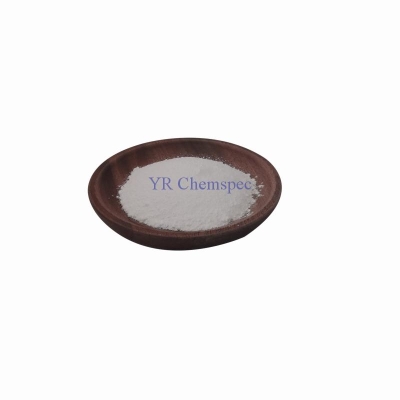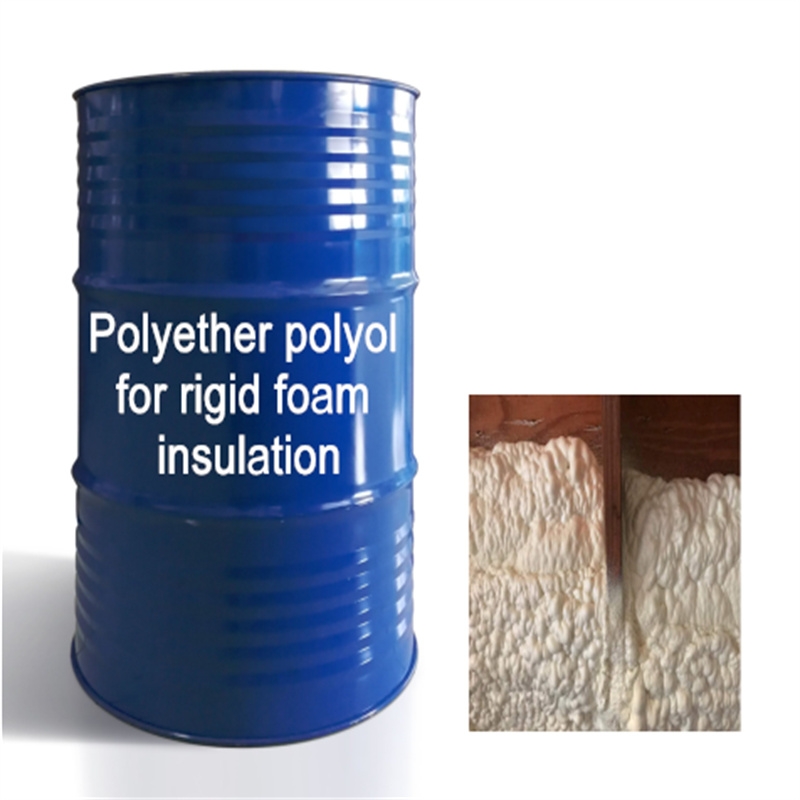-
Categories
-
Pharmaceutical Intermediates
-
Active Pharmaceutical Ingredients
-
Food Additives
- Industrial Coatings
- Agrochemicals
- Dyes and Pigments
- Surfactant
- Flavors and Fragrances
- Chemical Reagents
- Catalyst and Auxiliary
- Natural Products
- Inorganic Chemistry
-
Organic Chemistry
-
Biochemical Engineering
- Analytical Chemistry
- Cosmetic Ingredient
-
Pharmaceutical Intermediates
Promotion
ECHEMI Mall
Wholesale
Weekly Price
Exhibition
News
-
Trade Service
⑤ Preparation of carboxymethyl starch adsorbent Carboxymethyl starch (CMS) is prepared by etherification of starch with monochloroacetic acid or its sodium salt under alkaline conditions
a.
The author and members of the research team used wet method to prepare CMS adsorbent
I.
II.
b.
I.
The author initially selected amylose soluble starch as the raw material, and found that under the same process conditions, as the crosslinking reaction proceeded, the viscosity of amylose soluble starch became larger and larger, and a satisfactory organism could not be obtained.
The type and amount of lye
The amount of propylene oxide is the most important factor in the cross-linking reaction, which directly affects the degree of cross-linking and the quality of the cross-linked product
Table 4-37 The influence of the molar ratio of epichlorohydrin to starch on the degree of crosslinking
It can be seen from Table 4-37 that as the molar ratio of epichlorohydrin to starch increases, the degree of crosslinking also increases
I.
The pH value of the chloroacetic acid reaction solution should be about 6.
Table 4-38 The influence of pH value of chloroacetic acid reaction solution on adsorption capacity
The amount of chloroacetic acid is also an important factor in determining the adsorption capacity of the adsorbent.
Table 4-39 The influence of the molar ratio of chloroacetic acid and cross-linked starch on the adsorption capacity
It can be seen from Table 4-39 that the adsorption capacity of the adsorbent increases with the increase in the amount of chloroacetic acid.
When the amount of chloroacetic acid reaches a certain value, the increase in adsorption capacity is not obvious, so the best ratio should be 1.
5:1 (Molar ratio)
.
In addition, the reaction time and temperature are also factors that must be considered in the grafting reaction.
The test results are shown in Table 4-40 and Table 4-41
.
Table 4-40 The influence of reaction time on adsorption capacity
Table 4-41 Effect of reaction temperature on adsorption capacity
It can be seen from Table 4-40 that when the reaction time exceeds 1.
0h, the adsorption capacity of the adsorbent does not increase significantly
.
The data in Table 4-41 shows that the lower the temperature, the adsorption capacity of the adsorbent also decreases; but when the reaction temperature exceeds 65°C, the adsorption capacity also becomes lower, so the optimal reaction temperature is 65°C
.
As for the influence mechanism of temperature, further study is needed
.
⑥ Preparation of 3,5-Dinitrobenzoic Acid Starch Ester Yu Jiugao et al.
synthesized a new starch ester 3,5-dinitrobenzoyl chloride using starch and 3,5-dinitrobenzoyl chloride as raw materials in a heterogeneous state.
Starch dinitrobenzoate
.
Add starch and pyridine to a three-necked flask, stir to disperse the starch fully, activate at 115℃ for 1 hour, adjust the reaction temperature, add 3,5-dinitrobenzoyl chloride in batches to react, after the reaction is completed, cool, and use ethanol for the product Precipitate and repeatedly wash with ethanol and distilled water until no CI - is detected with silver nitrate solution .
The filter cake is vacuum dried at 80°C for 24 hours to obtain water-insoluble powdered starch 3,5-dinitrobenzoate
.
Related links: Preparation examples of modified starch adsorbents (1)







